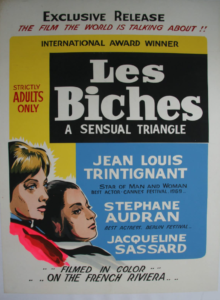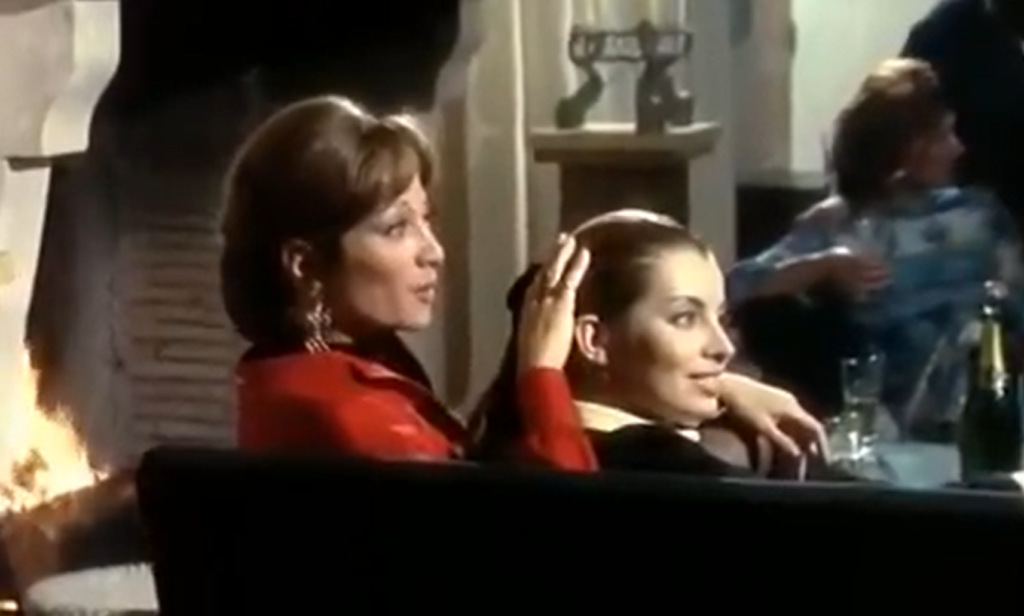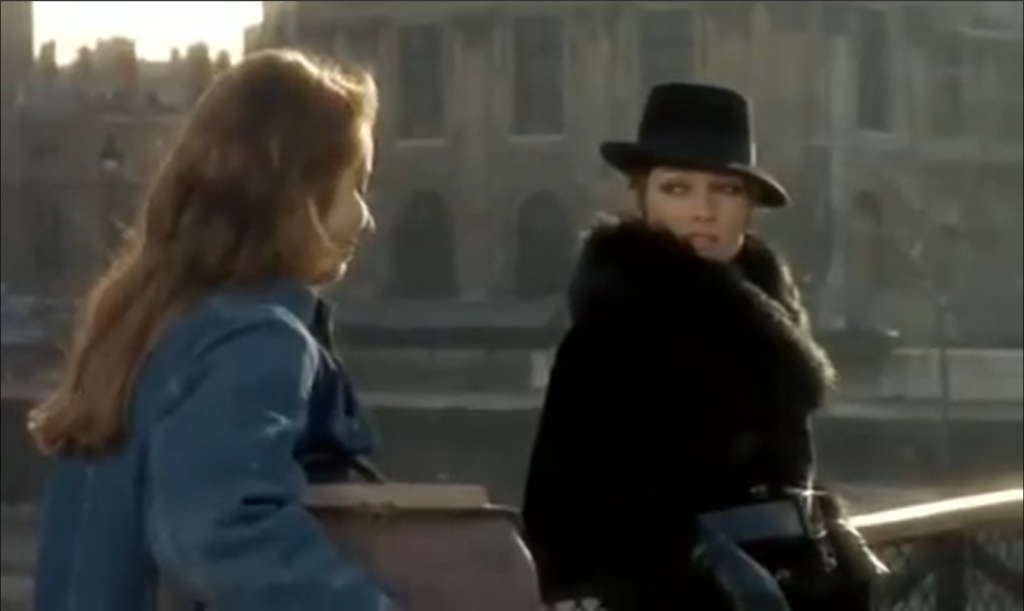Biches, Les (1968)
“I love hunting.”
|
Synopsis: |
|
Genres, Themes, Actors, and Directors:
Response to Peary’s Review:
It’s hard to say, but one is definitely left wondering (and analyzing) the entire way through. It’s refreshing seeing a lesbian relationship treated so naturally: … even if this is eventually dropped in favor of both women falling for Trintingnant, and the film’s other gay-coded characters (Dominique Zardi and Henri Attal) shown as bumbling, shallow leeches. More front and center to the storyline are both class and gender dynamics: Sassard comments to Audran that her work seems better suited for a man; Audran walks around in “masculine” garb; Audran bosses Zardi and Attal around; Sassard eventually adopts more and more of Audran’s moneyed persona. Your enjoyment of this odd tale will ultimately depend on your appreciation for Chabrol’s unique sensibility — but it remains worth a look for its historical relevance as a turning point in Chabrol’s career. Notable Performances, Qualities, and Moments: Must See? Categories
Links: |





2 thoughts on “Biches, Les (1968)”
I’m probably a Chabrol fan the higher percentage of the time. But I don’t think this one is must-see. As per my rewatch (1/12/20) post in ‘Revival House of Camp & Cult’ (fb):
“Follow them. …It amuses me.”
‘Les biches’ (‘Bad Girls’): Welcome to the wacky, whimsical world of boutique bisexuality. Claude Chabrol made some rather good psychological flicks – i.e., ‘Les cousins’, ‘Le beau Serge’ & ‘Le boucher’. Some consider ‘Les biches’ to be among his best – but that could depend on your taste for the smoldering and angst-ridden.
This film came out the same year as Aldrich’s ‘The Killing of Sister George’ and Rydell’s ‘The Fox’ – two films reminding us how ‘inferior’ (and ‘psychologically ill’) lesbians are. But since the women in Chabrol’s film (the stunning Stéphane Audran and the pouty Jacqueline Sassard) swing both ways, they’re more exotic. Audran’s Frédérique picks up Sassard one day while she’s cruising hookers near the Seine. Sassard (inexplicably named ‘Why’) claims to be an artist (“I draw does.”; that’s honestly what she tells people.).
Being rich, bored and in search of youngblood, Sassard’s beauty is enough for Audran… until the two meet architect Jean-Louis Trintignant at a party in Audran’s St. Tropez villa (which she shares with two semi-flamboyant male art collectors). Audran gets competitive – and something in Sassard snaps. Ah, l’amour, l’amour!
At one point, Audran says, “You have to read between the lines.” But that’s not really necessary when the lines are as empty as the one these three are on.
I was most definitely wavering in my assessment of this one. I could go either way.